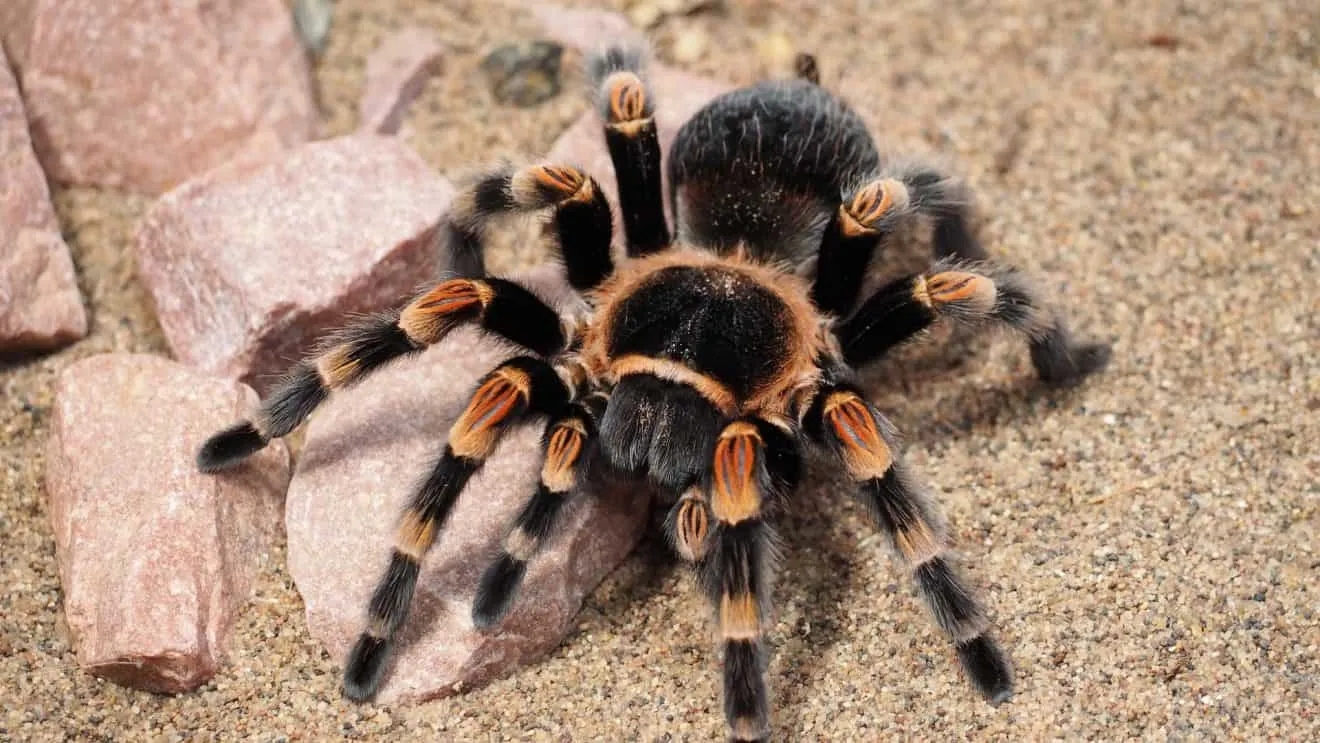Choosing Your Tarantula
Embarking on the journey of tarantula ownership is an exciting endeavor. Before bringing home your eight-legged friend, careful consideration is essential. Understanding the basics of tarantula care is paramount to ensuring a healthy and fulfilling life for your pet. This guide serves as a comprehensive introduction to tarantula care, offering valuable insights and practical advice for both novice and experienced keepers. From selecting the right species to creating a thriving habitat, this guide covers all aspects of tarantula care, allowing you to become a confident and knowledgeable owner.
Deciding on a Species
The tarantula kingdom encompasses a diverse range of species, each with unique characteristics and care requirements. Researching different species is the first step in choosing the right pet. Consider factors such as size, temperament, and availability. Some popular beginner-friendly species include the Chilean rose hair tarantula (Grammostola rosea), known for its docile nature, and the Costa Rican zebra tarantula (Aphonopelma seemanni), recognized for its striking stripes and ease of care. Avoid impulsive decisions and take your time to find a species that aligns with your lifestyle and experience level. This initial step is vital for long-term success.
Considering Size and Temperament
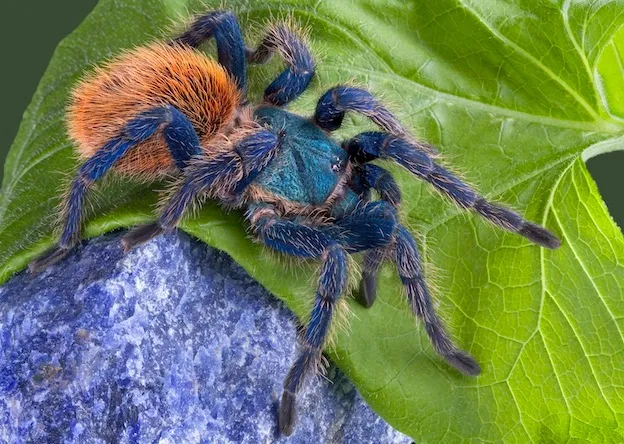
Size and temperament are crucial factors to consider when selecting a tarantula. Some species grow to be quite large, requiring spacious enclosures, while others remain relatively small throughout their lives. Assess your available space and your comfort level with handling a larger spider. Temperament varies significantly between species, with some being more docile and tolerant of handling than others. Some tarantulas are skittish and prone to bolting, while others are more defensive and may exhibit threat postures or flick urticating hairs. Research the specific temperament of the species you are considering and choose one that matches your experience and personality.
Where to Buy Your Tarantula
Once you’ve selected a species, it’s time to find a reputable source. Local reptile and exotic pet stores are common options, offering the advantage of allowing you to see the tarantula in person before purchasing. Online breeders and suppliers are also available, often providing a wider selection and specialized knowledge. When choosing a source, prioritize those with a good reputation for providing healthy, well-cared-for tarantulas. Inquire about the spider’s origin, age, and any relevant health information. Ensure that the seller is knowledgeable and willing to answer your questions about tarantula care. Buying from a responsible source is critical.
Setting Up the Perfect Tarantula Habitat
Creating a suitable habitat is vital for the well-being of your tarantula. The enclosure should provide a safe and comfortable environment that mimics the spider’s natural habitat. Proper habitat setup is crucial for their physical and psychological health. A well-designed enclosure offers the tarantula the necessary space, shelter, and environmental conditions to thrive. The following sections will help you create the ideal living space.
Choosing the Right Enclosure
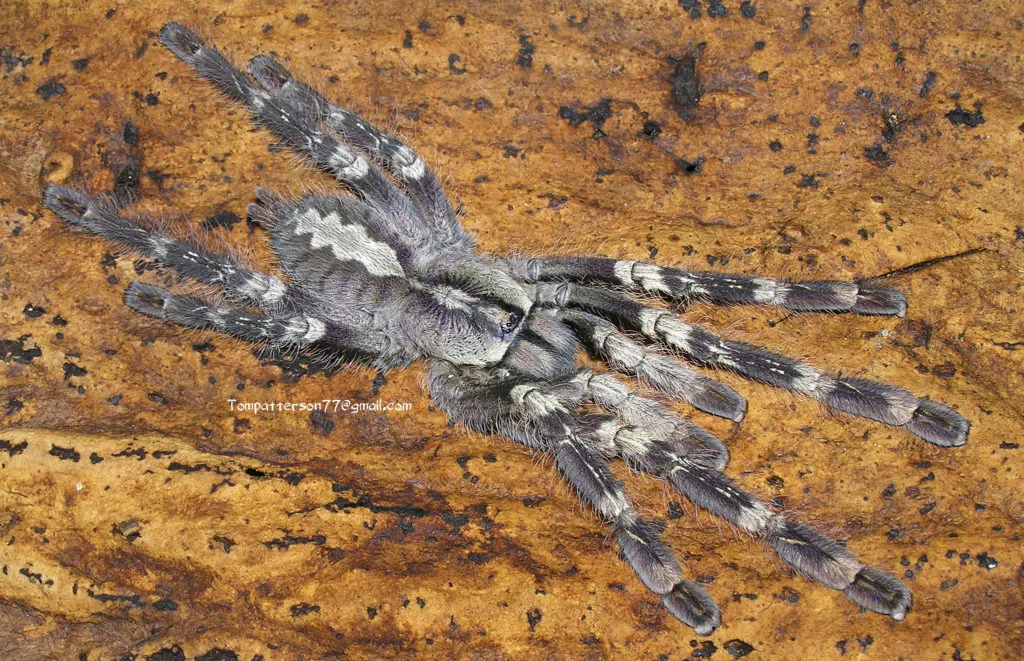
The enclosure should be appropriately sized for the species and its current stage of life. For terrestrial tarantulas, a wider enclosure is generally preferred, while arboreal species benefit from taller enclosures that allow for climbing. Ensure the enclosure is escape-proof, with a secure lid. The material should be clear, such as glass or acrylic, to allow for easy viewing. Ventilation is also important, providing a way for fresh air to circulate and prevent the buildup of harmful gases. Consider the tarantula’s size and growth rate when selecting the enclosure, planning for its future needs. The right enclosure is a cornerstone of proper tarantula care.
Substrate Selection
The substrate is the bedding material that covers the bottom of the enclosure. It serves multiple purposes, including absorbing waste, providing a surface for the tarantula to walk on, and regulating humidity. The ideal substrate depends on the species, but common options include coconut fiber, peat moss, and vermiculite. These substrates are readily available and offer excellent moisture-retaining properties. Avoid substrates that can be harmful, such as gravel or sand, which can be difficult for the tarantula to navigate or ingest. The substrate should be deep enough for the tarantula to burrow, if the species is inclined to do so. Proper substrate choice is essential for creating a healthy environment.
Temperature and Humidity Control
Maintaining the correct temperature and humidity levels is critical for tarantula health. Tarantulas are ectothermic, meaning they rely on external sources to regulate their body temperature. Provide a temperature gradient within the enclosure, allowing the tarantula to move to warmer or cooler areas as needed. Use a heat lamp or under-tank heater, if necessary, but always ensure the temperature doesn’t become excessive. Humidity requirements vary by species, but most tarantulas thrive in moderate humidity levels. Use a hygrometer to monitor humidity levels and adjust as needed. Misting the enclosure with water can help increase humidity, but avoid over-saturation, which can lead to mold growth. Careful control of these environmental factors is vital.
Providing Hiding Places

Tarantulas are naturally shy creatures and require hiding places to feel secure. Provide at least one hide, such as a piece of cork bark, a half-log, or a commercially available hide. The hide should be large enough for the tarantula to comfortably retreat into. Place the hide in a position where the tarantula can easily access it. Providing multiple hides is beneficial, offering the tarantula different options and creating a more enriching environment. Hides are not just for aesthetics they are vital for the tarantula’s well-being. They provide a sense of security, reducing stress and promoting natural behaviors.
Feeding Your Tarantula
Proper nutrition is fundamental to a tarantula’s health and longevity. Understanding their dietary needs, feeding frequency, and water requirements will contribute to a happy and healthy pet. A well-nourished tarantula will exhibit vibrant colors, active behavior, and a healthy growth rate. The following sections will guide you through the essential aspects of feeding your tarantula.
What to Feed Your Tarantula
The primary food source for tarantulas is insects. Suitable options include crickets, mealworms, roaches, and other commercially available feeder insects. The size of the prey should be appropriate for the tarantula’s size. A general rule of thumb is to feed insects that are no larger than the tarantula’s abdomen. Variety in the diet is beneficial, offering a range of nutrients. It is important to gut-load the insects before feeding them to your tarantula. Gut-loading involves feeding the insects a nutritious diet of fruits, vegetables, and commercial insect food, which will, in turn, provide your tarantula with a more balanced meal. Avoid feeding wild-caught insects, as they may carry parasites or pesticides.
Feeding Frequency
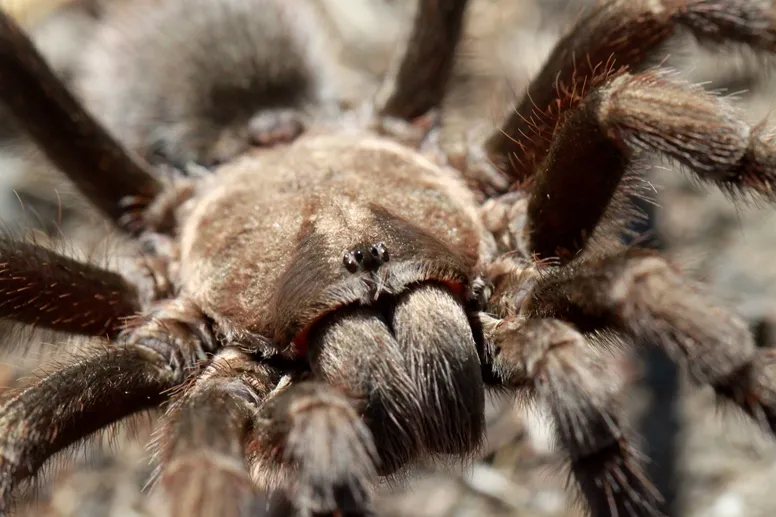
Feeding frequency depends on the tarantula’s age, size, and species. Juvenile tarantulas typically require more frequent feedings, usually every few days. Adults can be fed less often, perhaps once a week or even less frequently, depending on their metabolism. Observe your tarantula’s abdomen. A plump abdomen indicates it is well-fed, while a thinner abdomen suggests it may need more food. Remove any uneaten prey within 24 hours to prevent stress for your tarantula. Adjust the feeding schedule based on your observations and your tarantula’s behavior. Overfeeding can lead to health problems, while underfeeding can stunt growth.
Watering and Hydration
Tarantulas need access to fresh water at all times. Provide a shallow water dish or a water gel, ensuring the water source is always clean. The dish should be small enough to prevent the tarantula from falling in and drowning. Monitor the water level and refill the dish as needed. Some tarantula keepers also mist the enclosure to provide additional moisture, especially for species that require higher humidity levels. However, avoid excessive misting, which can lead to mold growth. Clean water is essential for hydration and overall well-being. Ensuring your tarantula has constant access to water is paramount.
Tarantula Health and Common Issues
Tarantulas, like any pet, can experience health issues. Knowing how to recognize signs of illness and how to address them is essential. Regular observation, proper care, and early intervention can often prevent serious health problems. Understanding common issues will help you become a more responsible tarantula keeper. The following sections detail some of the important health aspects of tarantula care.
Recognizing Signs of Illness
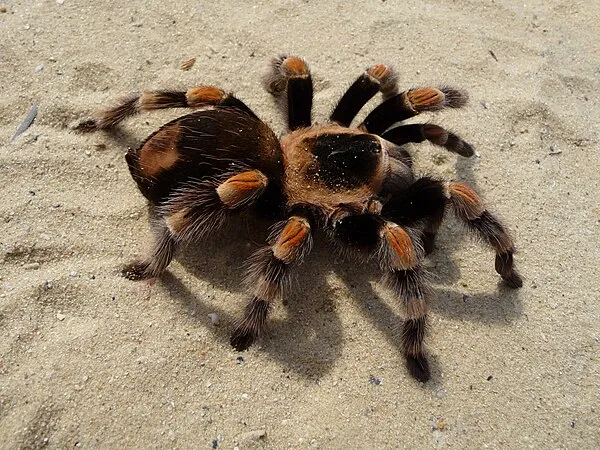
Regularly observe your tarantula for any signs of illness. Some common symptoms include lethargy, loss of appetite, unusual posture, and difficulty moving. Other signs include a swollen abdomen, discoloration, or fluid leakage. Changes in behavior can also indicate health problems. If you notice any of these signs, consult with a veterinarian experienced in exotic animals or contact a knowledgeable tarantula keeper for advice. Early detection and intervention can often prevent serious health complications. Keeping a close eye on your tarantula will aid in recognizing and addressing any potential health concerns.
Dealing with Molting
Molting is a natural process where tarantulas shed their exoskeleton to grow. During molting, the tarantula may become inactive, lose its appetite, and appear fragile. Do not disturb the tarantula during molting. Provide a safe environment, and avoid handling it until the process is complete. After molting, the tarantula’s fangs and body will be soft, and it may take several days for them to harden. During this time, avoid feeding it until its fangs have hardened. Molting frequency decreases as the tarantula ages. Understanding the molting process is a crucial aspect of tarantula care.
Handling Your Tarantula
Handling a tarantula should be approached with caution. While some species are more docile than others, it’s important to prioritize your safety and the tarantula’s well-being. Handling should always be done with care and consideration, never forcing interactions. This section will cover the safety precautions and behavioral aspects of handling your tarantula.
Safety Precautions
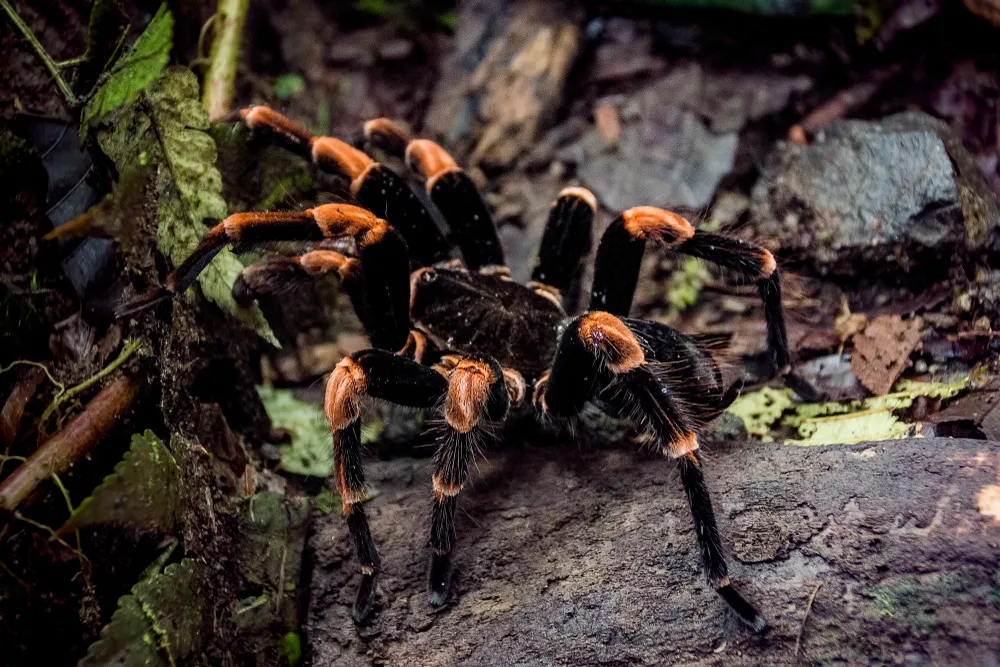
Before handling your tarantula, wash your hands thoroughly to remove any scents or residues. Handle your tarantula over a soft surface, such as a bed or a carpet, in case it falls. Avoid handling if the tarantula is agitated or appears stressed. Never handle a tarantula that has just molted or is about to molt, as they are more vulnerable during these times. Be mindful of the tarantula’s urticating hairs, which can cause skin irritation. Avoid touching your face or eyes after handling the tarantula. Handle with gentle movements and avoid sudden actions to prevent startling the spider. Always prioritize safety.
Understanding Tarantula Behavior
Pay attention to your tarantula’s behavior. Learn to recognize signs of stress or agitation, such as raising its front legs, flicking urticating hairs, or displaying a threat posture. Each tarantula has its own personality, some are more docile while others are more defensive. Over time, you will begin to understand your tarantula’s individual temperament. Not all tarantulas enjoy handling, and it’s essential to respect their preferences. If your tarantula seems stressed during handling, gently return it to its enclosure and try again another time. Understanding their behavior is crucial for creating a positive handling experience.
Long-Term Care and Maintenance
Providing proper long-term care is essential for the longevity and well-being of your tarantula. This involves regular maintenance of the enclosure, monitoring the spider’s health, and understanding its changing needs over time. The following sections cover these important aspects.
Regular Enclosure Cleaning
Regular cleaning of the enclosure is vital for maintaining a healthy environment. Remove any uneaten prey, fecal matter, and shed exoskeletons. Spot-clean the substrate as needed, and replace the entire substrate periodically. The frequency of cleaning depends on the species, size, and environmental conditions. The goal is to keep the enclosure clean and free of harmful bacteria or mold. Maintaining cleanliness ensures the tarantula’s well-being and a pleasant environment. The frequency of cleaning can vary according to the tarantula’s living situation.
Monitoring Your Tarantula’s Health
Regularly monitor your tarantula’s health and behavior. Observe its appetite, activity level, and overall appearance. Watch for any signs of illness or stress, and address them promptly. Keep a record of your tarantula’s molting cycles and growth rate. If you have any concerns about your tarantula’s health, consult with a veterinarian or experienced tarantula keeper. Taking a proactive approach to monitor your tarantula’s health helps ensure a long and fulfilling life. Early detection of health issues is the key.
Breeding Basics
Breeding tarantulas is an advanced topic that requires significant experience and knowledge. It is not recommended for beginner keepers. However, if you are interested in breeding, it’s important to research and understand the specific requirements of the species you intend to breed. This usually involves separate enclosures, careful monitoring, and providing the right environmental conditions. Breeding tarantulas requires dedication and careful management to ensure the health of both the male and female. The following provide basic advice if you are considering breeding tarantulas.
